
Hi, my dear friends!
There are many symbols in our world. Often we refer to them without even thinking about their meaning. Symbols can refer to any sphere of life: military symbols, medical symbols, state symbols. And what symbols came to us from nature? Here, for example, is the symbolism of autumn.
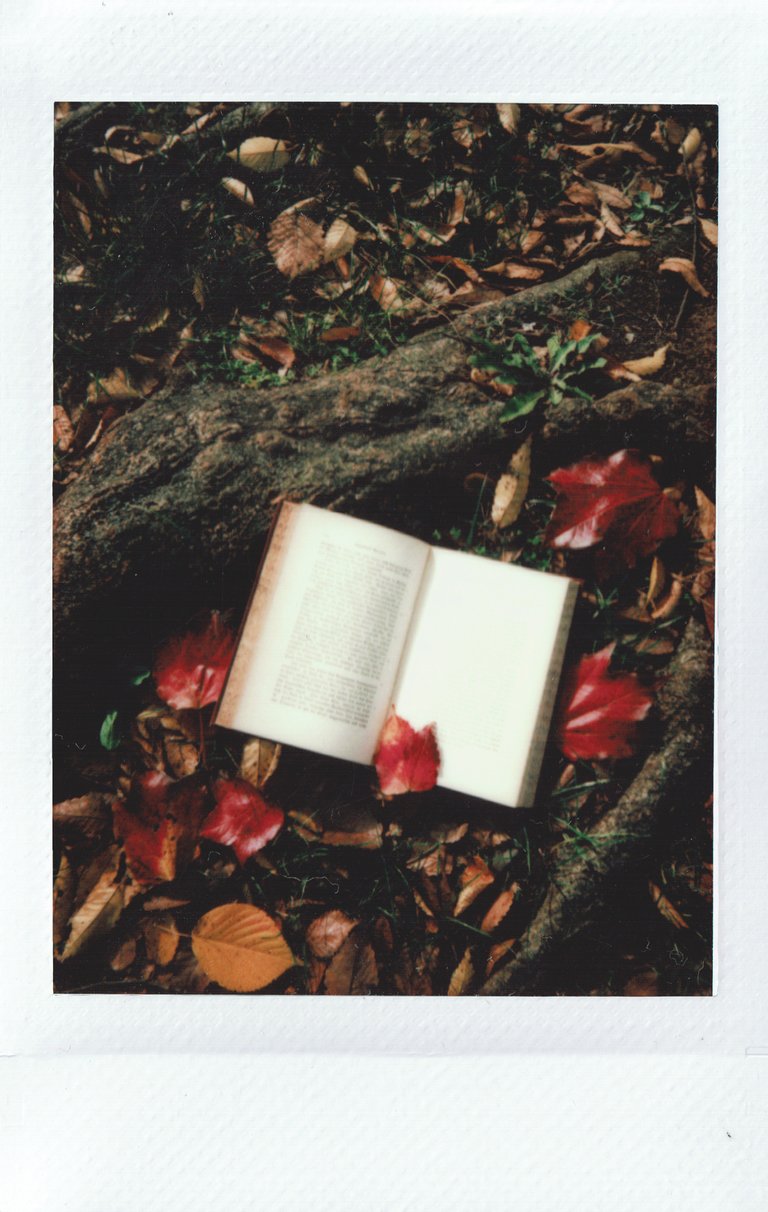
Cornucopia (Cornu Copiae)
Since human began to settle down and cultivate the land, autumn has become almost the most important time of the year. Collecting and preserving the harvest ensured the survival of the whole family. Therefore, the symbolism of this period is associated with the harvest and the attributes of harvesting. One of the main symbols of this period is the so-called Cornucopia (Cornu Copiae).
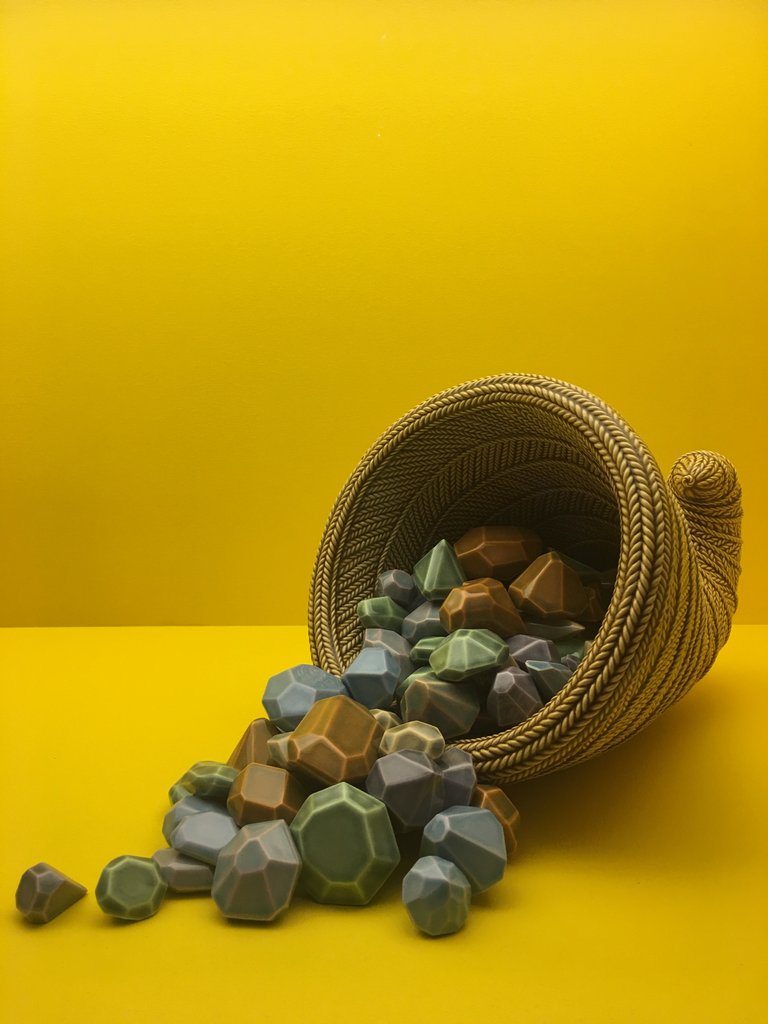
If to be consistent, initially the meaning of Cornucopia is an uncompressed field, a garden with an unharvested crop, that is, in a more global sense - a receptacle of food, fruits. Later, it becomes a symbol of wealth, prosperity, abundance.
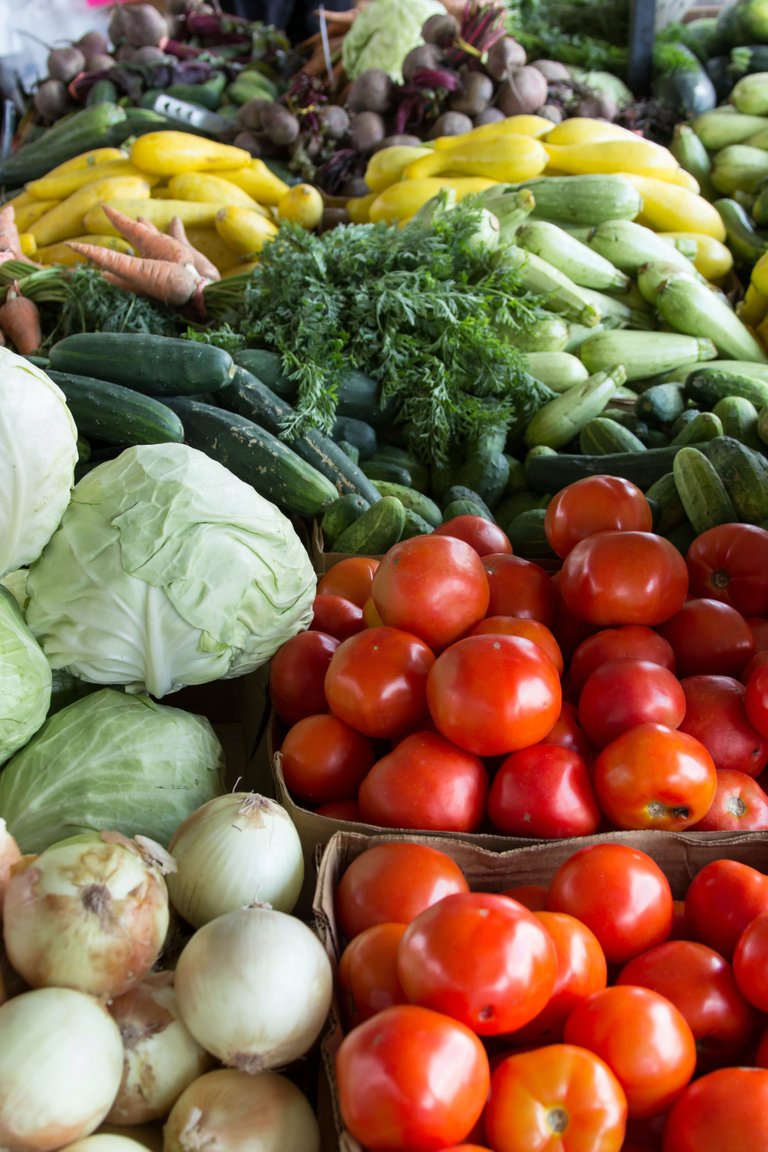
Everyone is well aware of this symbol. From the goat horn to the endless streams scattered ripe fruit, and in a later period - also coins. All this shows a rich harvest, satiety, prosperity. It should be noted that the magic objects, from which some good arises, is in the folklore of many peoples. Take, for example, the well-known fairy tale "Pot of Porridge".

Cornucopia came to us from ancient Greek mythology. As you well remember, Kronos, the father of Zeus, had the bad habit of eating his own children. His wife, Rhea, did not approve of her husband's gastronomic predilection. Well, to be completely honest, Kronos did it not because he wanted to eat a baby. He was afraid that one of his children would take power from him. This completely explains his strange behavior. But this is a very simplified explanation. Kronos acts as an allegory of time. In an effort to preserve power, he thus hampered development.
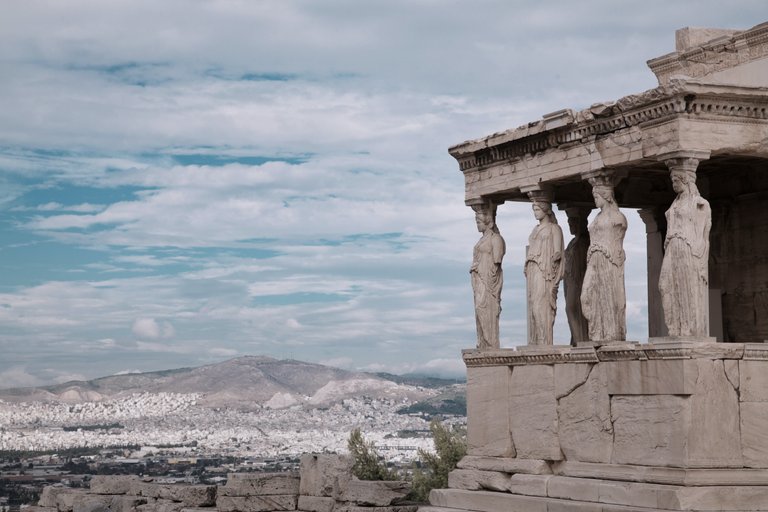
And yet, Rhea did not go into the problems of her husband. It can also be understood, because Kronos ate all previously born children. When it was time to give birth, she hid from him on the island of Crete. There she gave birth to Zeus. At the same time, the goat Amalthea gave birth to two kids.
It's not very clear why Rhea instructed the goat to feed the baby, but she's a goddess, she knows better. Later, Amalthea presented her horn to Zeus, who filled it with magic power.
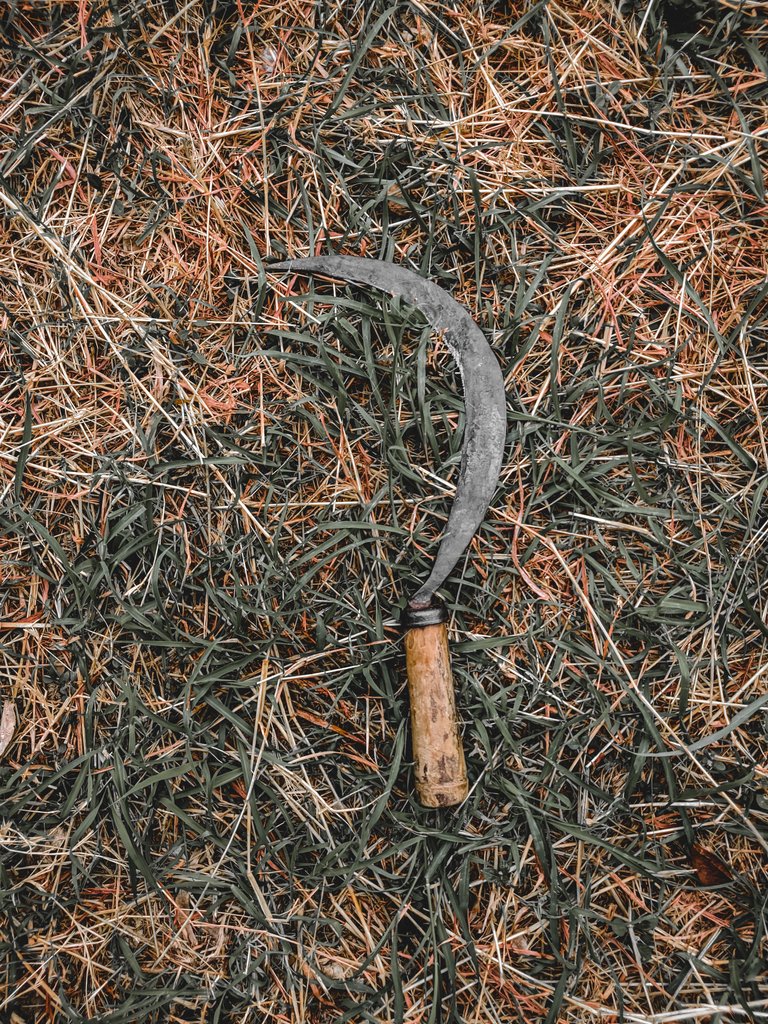
Sickle
So, if the first attribute of autumn is Cornucopia (Cornu Copiae), that the second, less well known, is the sickle. Less well known in terms of symbolism, of course.
Sickle is one of the oldest agricultural tools of man. At the initial stages it was used to harvest wild plants, especially grasses and cereals. Accordingly it looked a little different than today.
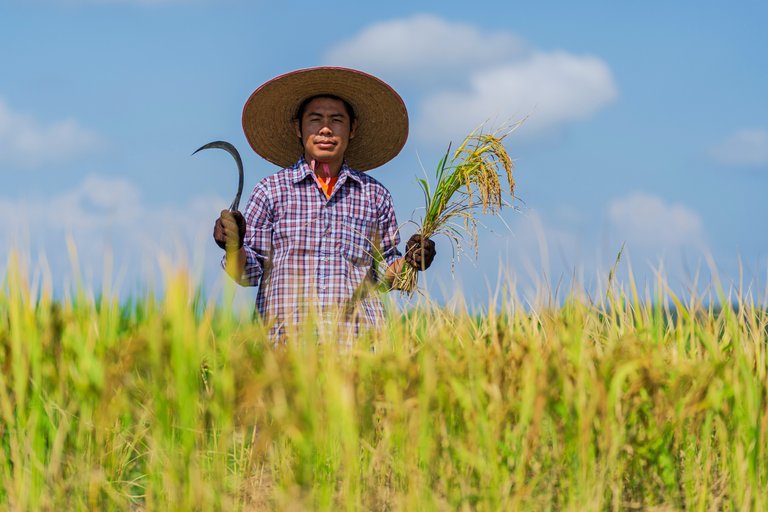
Over time, the sickle became the main instrument of agriculture, the development of which served as an impetus to significant changes in the life of mankind: the transition to a settled way of life. The next chain is the change of the lunar calendar to the solar calendar, changes in the pantheon of the gods, etc.

Meanwhile, the symbolism of the sickle is very interesting and contradictory. On the one hand, the sickle is connected with fertility, harvest, all that allows to survive. Sickle points to the success of the agricultural process, because there is something to reap so the agricultural cycle ends successfully.
On the other hand, the sickle is the end, the death. The agricultural cycle perfectly demonstrates the cycle of life and death. Not for nothing, for example, the battlefield is often associated with the harvest field, where Death collects its harvest. But this applies to the cycle of life and death in general and is not necessarily associated with wars and epidemics. There is nothing eternal. This is the guarantee of renewal.
In ancient times, the sickle was often an inalienable attribute of the gods of death. For example, the Slavic goddess of death Mara is often portrayed with a sickle.
We see a sickle in the hands of the god Cronus. Here the symbolism becomes more complex. Initially, Cronus is the god of agriculture. However, later Cronus begins to be considered a personification of time. What is not the time that provides a cycle of life and death?
Sickle is also often seen in connection with the Moon. Here you can pay attention to two points. Firstly, every month we observe a full cycle of the phases of the Moon - "from birth to death". Secondly, those who grow plants, he knows well that gardeners are guided by the lunar calendar, and not the solar one.

Are these your images? @torem-di-torem
https://www.pexels.com/ free licence: attribution is not required/ You can see the licence here https://www.pexels.com/license/
Believe me I know what I'm doing, I'm a copyright lawyer)))
Thanks. In my experience it''s always a good idea to state if images are not yours on HIVE 💯
A strange story of Kronos, I haven't read it before.